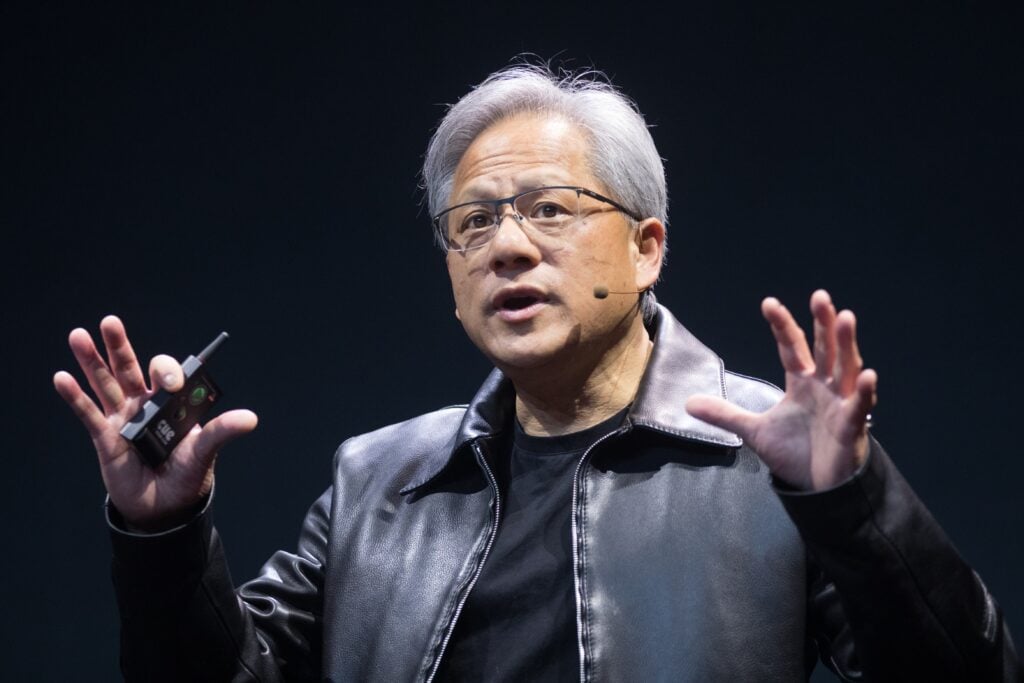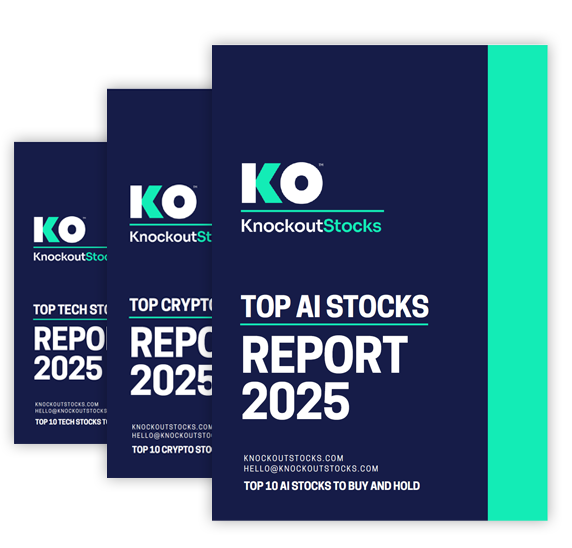TLDR;
- Nvidia’s Jensen Huang says AI will eclipse all past industrial revolutions.
- Global computing spend could hit $1 trillion annually by 2030, mostly for AI.
- Huang calls the AI race “winner take all,” highlighting massive complexity and scale.
- Nvidia has shared a 3-year roadmap to guide global AI infrastructure development.
-
Nvidia’s Q1 FY2026 revenue hit $44.1B despite U.S. export restrictions to China.
Nvidia CEO Jensen Huang has described artificial intelligence as the most transformative force in modern history.
Speaking to CNBC on the sidelines of Nvidia’s GTC 2025 conference in San Jose, California this week, the billionaire noted that this technology is more significant than the industrial revolution, the rise of aviation, or the energy sector, emphasizing that the scale and impact of AI are unprecedented.
“We are now talking about the single largest opportunity that the world knows,” Huang said. “This is bigger than electricity. Bigger than the industrial revolution. This is winner take all.”
With nearly every major industry racing to integrate AI, Huang sees this as a foundational shift across the global economy.
AI to Dominate Computing Spend
Huang revealed that global capital spending on computing infrastructure is on track to reach $1 trillion annually by the end of the decade. Most of this will be driven by AI demand, from large language models and autonomous systems to AI-powered cloud services.
Nvidia, positioned at the center of this transformation, has developed new supercomputers composed of over 600,000 parts, some weighing more than a ton. These machines are already being produced at scale and power much of today’s AI workloads.
A Brutal Race
What makes this AI boom different, Huang argued, is the extreme difficulty and capital intensity required to participate.
“It’s winner take all. Losers take none,” he said, adding that the difficulty and complexity of scaling AI infrastructure create high barriers to entry.
Despite growing competition from Intel, AMD, and startups globally, Huang remains confident in Nvidia’s position.
“The scale at which we do things, and the amount of R&D it has taken to get here, is incredible,” he added.
Nvidia’s Roadmap Becomes the Industry Standard
To guide partners and competitors alike, Nvidia has even published a three-year roadmap for AI hardware and software innovation. Huang revealed that there are several hundred billion dollars of investment being laid down right now for AI development.
With global giants relying on Nvidia’s direction, the roadmap sets an ambitious pace for innovation across chips, networking, and AI software development.
Financial Might Behind the Mission
Coinciding with the GTC event, Nvidia released its Q1 FY2026 earnings, and they didn’t disappoint. The company reported $44.1 billion in revenue, a 69% increase year-over-year. Its data center business alone contributed $39.1 billion, underscoring AI as the company’s growth engine.
However, Nvidia faced headwinds from U.S. export restrictions to China. A new license requirement for its H20 AI chips led to a $4.5 billion charge due to unsellable inventory. Still, Huang remained optimistic, citing continued global demand.
“AI inference token generation has surged tenfold in just one year,” he noted, predicting even greater acceleration as AI agents become mainstream.



